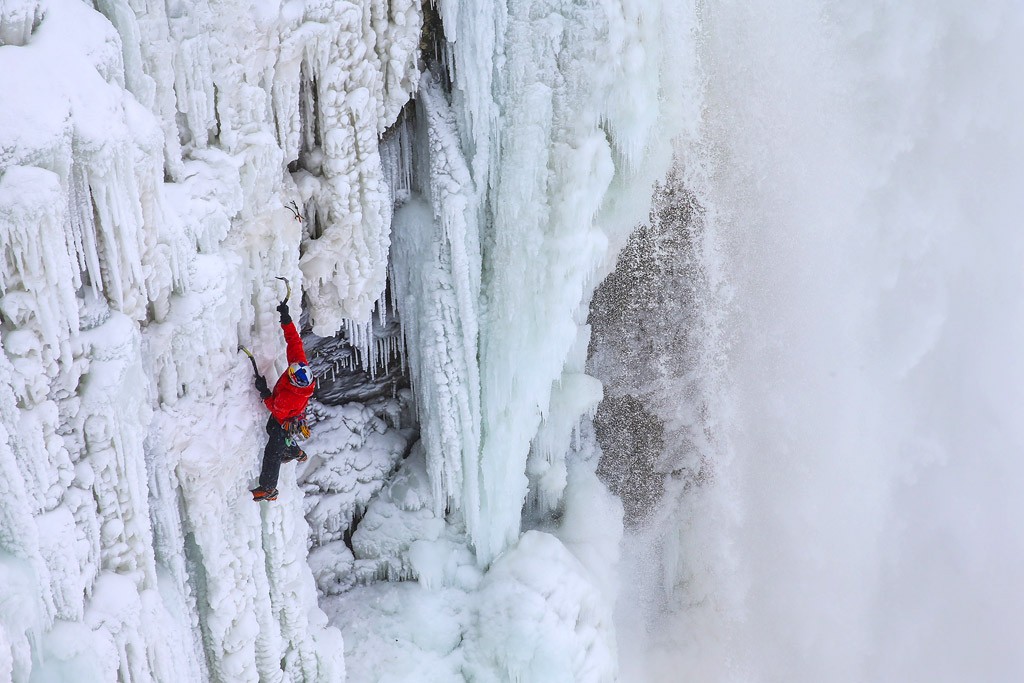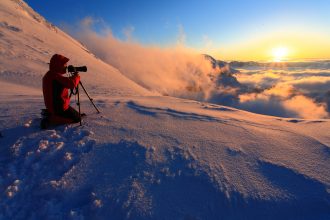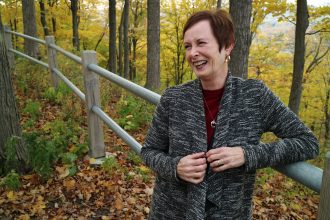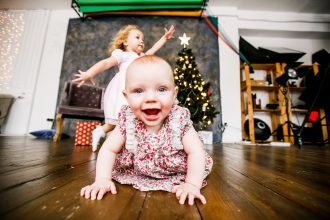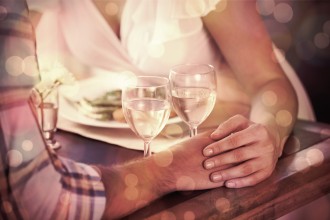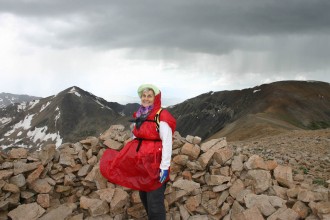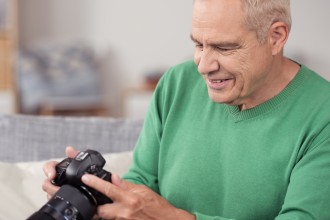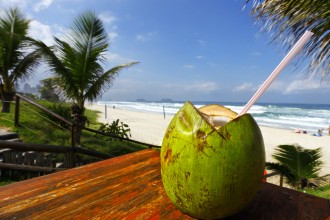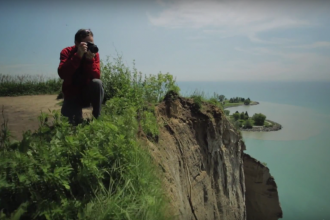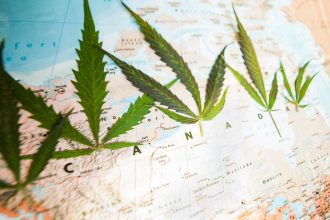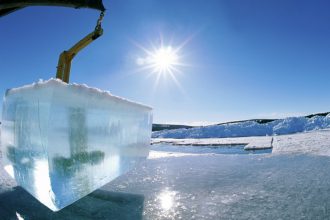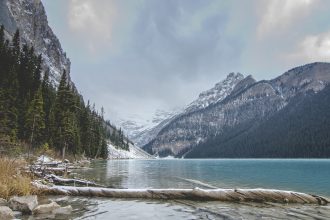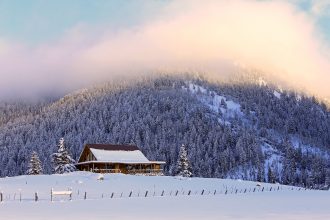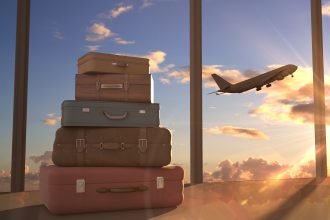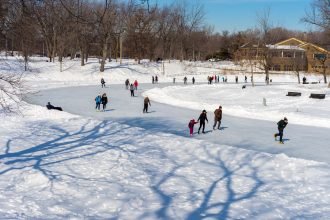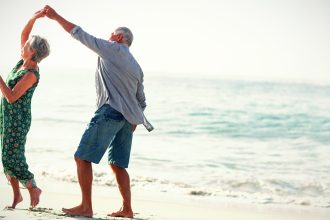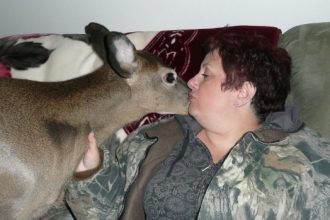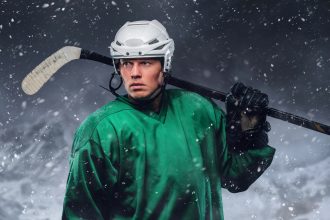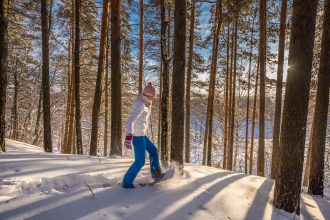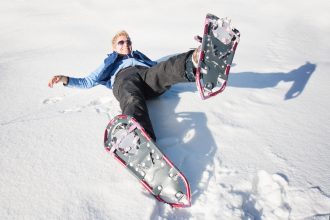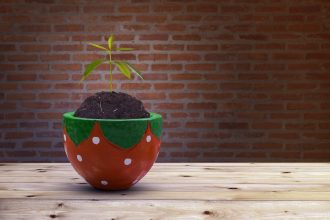Will Gadd is busy. The adventure athlete will be crisscrossing the globe this winter, heading to Hawaii, England, and Japan—and scouting for an upcoming TV show between trips. But you can be sure that no matter where he’s traveling to, Gadd will be shooting everything with one of his many DSLRs.
An avid photographer and videographer, Gadd has documented his travels for years. We sat down with him to talk about how he started taking photos, his favourite cameras, and his top tips for aspiring outdoor photographers.
Roam New Roads: Have you always been an avid photographer?
Will Gadd: I started taking pictures with intent when I was about 18. I was interested in taking better photos of the adventures I was going on, and just taking better pictures in general. I started out with a Canon SLR and some of my favourite images are still from those first couple of years. I put a lot of effort into it, took some lessons from people, and worked hard at it.
Fifteen or sixteen years ago I started shooting a lot more video. My photography at that point took a hit, because the two systems weren’t that integrated, and that was unfortunate. I’m happy that in the last five years you can get great images and shoot video on a DSLR. That kind of kicked my still photography back into gear.
RNR: What kind of camera do you use right now?
WG: I have a couple of them. Actually, I’ve got more than a couple. It’s a little bit embarrassing. For work I usually use either a Canon 5D Mark III or EOS 70D. I have a little S120 that I bring with me a lot when I can’t bring a DSLR, like when I go paragliding.
Some of my needs are kind of weird. I need a video screen that I can flip for shooting when I’m in the air, or if I’m low to the ground, or in places where I can’t bring an external monitor. With the 70D I can flip the LCD screen over and frame shots with it. So even though it’s a less professional camera in some people’s opinion, it works perfectly for my needs.
RNR: Have you ever lost a camera on an adventure?
WG: Yeah, but not in years. I got smarter. I’ve put a paraglider in the water with a very nice camera on it.
RNR: Oh no.
WG: Yeah, never recovered that.
RNR: So how do you decide what camera to bring on a trip?
WG: It’s always a battle with me. Do I bring the smaller, lighter camera or do I bring the heavier, more robust camera with me? It’s always weight and space verses what shots I want to get. Usually I can either eat or bring a bigger camera. So, when I’m in that situation the bigger camera has to take a hit.
It’s kind of weird, but the places that I shoot most with my DSLR are in my house and on trips with my kids. Those images are really, really important to me. And I’m not under the same weight restrictions as I often am on these trips.
That being said, I’ve owned several of Canon’s G series point-and-shoot cameras over the years and those are a good compromise between size and capability.
RNR: Do you have any tips for amateur outdoor photographers?
WG: There are thousands of tips and books on this, and I’m not totally sure I’ll do it justice, but a few things have helped me over the years. Like, focus on something you want to take a picture of and meter off of that. That’s a really basic thing that I figured out and then my pictures got a lot better.
Another thing that helps me take better pictures is to realize that I’m shooting for the picture and not trying to capture the entire scene. I have to ask myself what do I want to share with people? What is the story? Often times we tend to think that we have to capture the big picture, the whole enchilada. In reality it’s only the onions in the enchilada that are interesting. So, if I can expose the image right and show a few special things in the scene then I’m winning.
I think the most important thing is to examine good work.
RNR: Yeah, having a critical eye is important.
WG: When I look at a really good picture I’m like, ok, how did that happen? What did that person do to get that shot? I try to understand it. It’s interesting to compare professional photographers’ Instagram accounts to the accounts of my friends. I love the professional accounts, I love those images, but images to me are a way of sharing stories. It doesn’t always have to be the perfect image to share a story or a moment. That, in my view, is what some of the best photographers I follow do. They share stories. I really like that.
Make sure you check out Will’s collaboration with Canon, and follow him on Instragram @realwillgadd.

